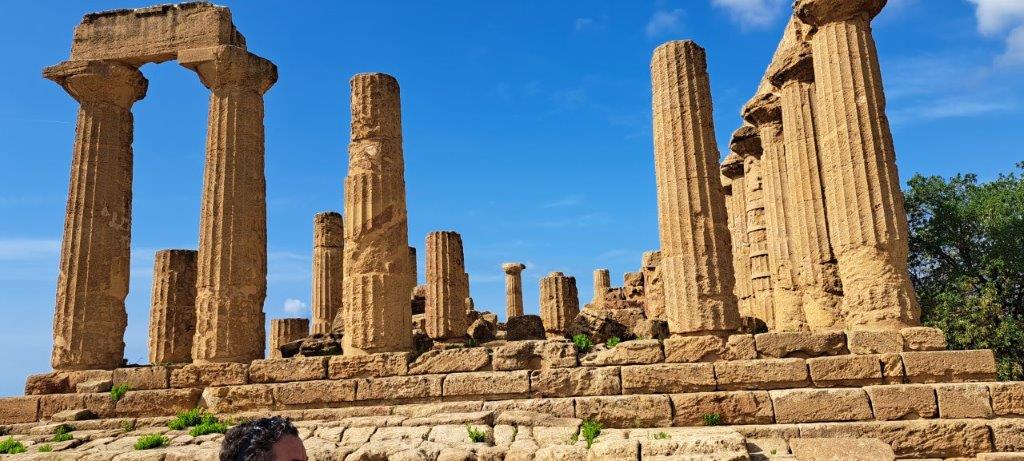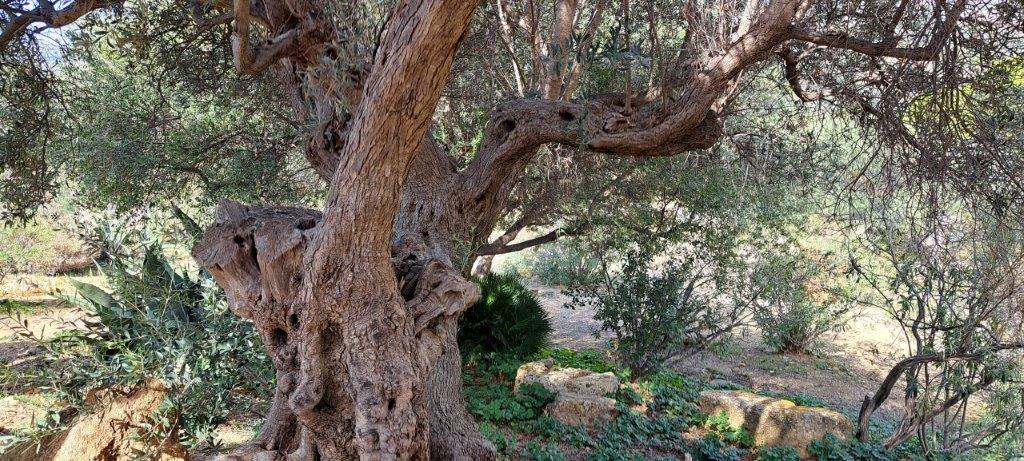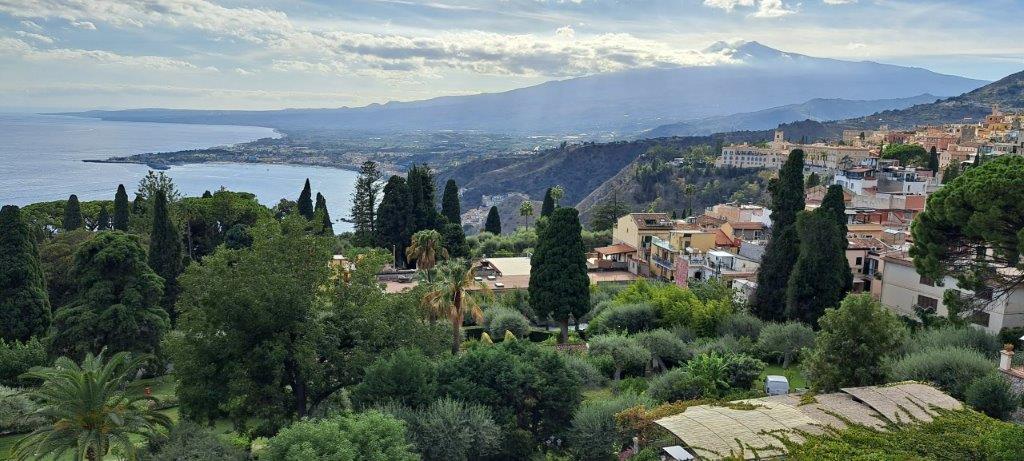
|

|
Sicily 2024 |
| Sicily is so very different from the rest of Italy. It is drier for one, invaded by almost everyone. The culture is unique as a result of so many conquers. Sicily is more than a beach destination. It may be so for the European but for North Americans it is a cultural adventure. Very hot in the summer months but a great place to explore in the winter months. |
 |
 |
The island of Sicily, floating just off the shores of southern Italy, has a long, rich and multicultural history as one of the most coveted prizes in the Mediterranean Sea. For more than 3,000 years, myriad civilizations discovered, conquered, and made their mark on Sicily’s shores, from the Ancient Greeks and the Roman Empire to the Norman and Arabian rulers that thought to cultivate Sicily’s lands.
|  |
 |
 |
 |
Then came the Romans. They built temples and colosseums. For example: On the northeast corner, Taormina is known for the Teatro Antico di Taormina, an ancient Greco-Roman theater still used today. In the southeastern corner is Siracusa city is notable for its rich Greek and Roman history, culture, amphitheaters, architecture, and as the birthplace and home of the pre-eminent mathematician and engineer Archimedes. This 2,700-year-old city played a key role in ancient times, when it was one of the major powers of the Mediterranean world. On the west coast is Tempio di Segesta near Trapani. There are so many ruins throughout the island.
|
 |
 |
|
A reverse commute occurred at the end of the 19th century. Tunisia received the immigration of tens of thousands of Italians, mainly from Sicily and also Sardinia. As a consequence, in the first years of the 20th century there were more than 100,000 Italian residents in Tunisia. Today many are returning to Sicily, especially in the little town of Sciacca. Where today you can explore and the three major western religions living peacefully together.
The Allied invasion of Sicily, (July 9–August 17, 1943), during World War II, resulted in the conquest of Sicily taking a little more than a month. It led directly to the fall of Italian dictator Benito Mussolini and the surrender of the Italian government to the Allies. All left their imprint on the Island. Food has a very Greek flair. The pastries are clearly French. They have their own wines and olive oil. There are many places to taste and purchase. |
 |
 |
| Sicily is a travelers’ paradise with so much to explore. |
|
Harriet H.
Ahouse | Independent Travel Advisor |